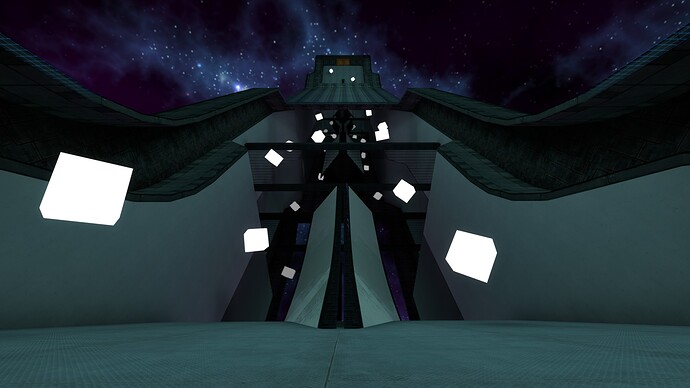Beyond Dust2: The Golden Age of Counter-Strike: Source Community Maps For those of us who poured countless hours into Counter-Strike: Source (CSS) in its mid-2000s heyday, the default maps – Dust2, Inferno, Nuke – were the bread and butter.
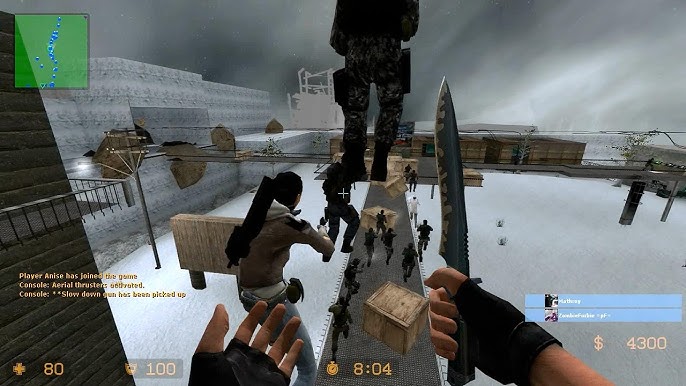
For those of us who poured countless hours into Counter-Strike: Source (CSS) in its mid-2000s heyday, the default maps – Dust2, Inferno, Nuke – were the bread and butter. They were meticulously crafted, balanced for competitive play, and burned into our muscle memory. However, even the most dedicated players eventually craved something more, a departure from the tactical rigor and a step into the wildly creative world of community-made content. This desire for novelty fueled a golden age of custom maps and gamemodes that fundamentally shaped the Counter-Strike community. From 2005 to 2008, while running a dedicated Counter-Strike: Source community server network, I witnessed firsthand the explosion of creativity, skill, and pure, unadulterated fun that these maps unleashed.
The standardized maps, while masterful, followed a rigid structure. You knew the chokepoints, the common camping spots, the grenade trajectories. Custom maps threw all that out the window. They offered bizarre scenarios, physics-defying challenges, and a chance to test your skills in entirely new ways. This shift wasn’t just about novelty; it was about pushing the boundaries of what Counter-Strike: Source could be.
The Rise of Custom Content
The driving force behind this explosion was the accessibility of the Source engine. Valve provided robust tools that allowed anyone with the passion and know-how to create and share their own maps and gamemodes. This fostered a vibrant ecosystem of creators, players, and server administrators, all contributing to a constantly evolving game experience. The community rallied around sites like GameBanana and FPSBanana (now GameMaps), acting as central hubs for downloading and sharing community-created content. We also had to learn to install these maps by trial and error, because some were so poorly-designed that they crashed the server, while others would just refuse to work!
Surf Maps: Mastering Movement
Surf maps were, and perhaps still are, a true spectacle. The mechanics are simple in concept: use ramps and angled surfaces to slide and propel yourself through the air. However, mastering surfing required immense precision, timing, and an almost Zen-like understanding of the Source engine's physics. Surf_green became an iconic training ground. Its relatively straightforward design, with long, continuous ramps and strategically placed gaps, made it ideal for learning the fundamentals.

The key to a good surf map was flow. The ramps needed to be angled just right, the textures slick enough, and the transitions between sections seamless. Skilled players could link entire surf maps together, maintaining incredible speed and executing breathtaking aerial maneuvers. The technical requirements on the server were demanding. High tickrates (the frequency at which the server updates the game state) were crucial for registering precise movements and preventing "ghosting" (where players appeared to teleport due to lag). We often had to tweak server configurations, optimizing CPU usage and network bandwidth to accommodate the high player counts that these maps often attracted. A tickrate of 66 was standard, but it was possible to get it up to 100 with optimized server code, which was generally considered the best.
The skills fostered on surf maps were unique. They weren't directly transferable to competitive gameplay, but they instilled a sense of spatial awareness, precision, and a deep understanding of the Source engine's movement mechanics. These skills would later translate into an edge in other movement-based gamemodes and even, to a lesser extent, in competitive play.
Bhop Maps: The Art of the Bunnyhop
Bunnyhopping, or "bhopping," was another movement technique taken to the extreme in custom maps. By exploiting a quirk in the Source engine's jump mechanics, players could gain significant speed by timing their jumps perfectly and strafing mid-air. Bhop_eazy served as an excellent introduction to this challenging skill.

The level design of bhop_eazy encouraged continuous movement. The path was relatively linear, with platforms and obstacles designed to challenge your timing and precision. Maintaining momentum was key; one missed jump could send you plummeting back to the start.
The bhop community was often divided over the use of scripts. These scripts automated the timing of jumps, making bunnyhopping significantly easier. Some players argued that scripts were legitimate, as they still required skill and timing to use effectively. Others viewed them as cheating, undermining the skill-based nature of the gamemode. We had to constantly monitor our servers for blatant script abuse, balancing the need to maintain a fair playing field with the desire to avoid alienating players.
Bhopping, like surfing, required precise timing. In both of these activities, a single missed jump or incorrect move could send you back to the start. The precision and skill required to complete these maps attracted a dedicated following, and many players who honed their skills on bhop servers went on to achieve impressive feats in other areas of the game.
Deathrun Maps: A Test of Reflexes and Deception
Deathrun maps offered a completely different kind of challenge. These maps featured an asymmetrical gameplay style, with one team (the runners) attempting to navigate a trap-filled course while the other team (the trappers) triggered the traps to eliminate them. Deathrun_minecraft_v2 was a particularly memorable example, blending the fast-paced action of deathrun with the blocky aesthetic of Minecraft.
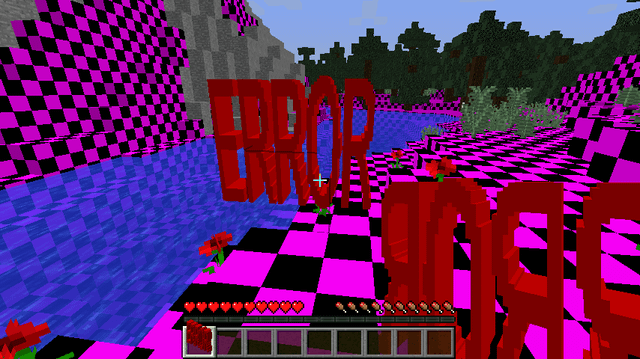
The visual style of deathrun_minecraft_v2 was instantly recognizable. The map was constructed from brightly colored blocks, reminiscent of the Minecraft world. Waterfalls cascaded down sheer cliffs, pressure plates triggered hidden traps, and lava pits awaited the unwary. It was a chaotic and visually stimulating experience.
The runners needed lightning-fast reflexes, impeccable timing, and a keen understanding of the traps. The trappers, on the other hand, required cunning, precision, and the ability to anticipate the runners' movements. "Fake outs," where a trapper would activate a trap early to trick the runners into dodging the wrong way, were a common tactic.
Deathrun maps fostered a unique blend of skills. Runners had to master split-second decision-making and precise movement, while trappers developed their strategic thinking and timing. The maps also encouraged teamwork and communication, as runners would often call out trap timings and trappers would coordinate their attacks.
Zombie Mod: Survival Horror in Source
While not technically a map, the Zombie Mod transformed Counter-Strike: Source into a completely different game. Unlike early versions of Garry's Mod, which focused on sandbox experimentation, Zombie Mod offered a tightly focused survival horror experience.

The premise was simple: a team of survivors had to fend off waves of increasingly powerful zombies. The mod often utilized existing maps, transforming familiar environments into terrifying gauntlets. The tension was palpable as survivors huddled together, their flashlights cutting through the darkness, the moans of the undead growing ever closer.
Zombie Mod was a constant arms race. Survivors needed to acquire better weapons and find strategic positions to defend. Zombies, on the other hand, gained new abilities and increased in numbers with each wave. The mod fostered teamwork, resource management, and quick thinking under pressure. It was a thrilling departure from the standard Counter-Strike experience.
The Trials and Tribulations of Server Administration
Running a Counter-Strike: Source community server in the mid-2000s was no easy feat. Hardware limitations were a constant concern. A decent server at the time, running a Pentium 4 or early Core 2 Duo processor with 2GB of RAM, could comfortably handle 16-20 players. Pushing beyond that required significant optimization and a willingness to tolerate occasional lag spikes.
Bandwidth was another major constraint. High ping could ruin the gameplay experience, making it difficult to aim and react to enemy movements. We had to carefully monitor our network traffic, ensuring that our server had enough bandwidth to handle the demands of our players.
Cheating was an ever-present threat. Aimbots, wallhacks, and script exploits were rampant, and detecting and banning cheaters was a constant battle. Anti-cheat solutions like VAC (Valve Anti-Cheat) were helpful, but they were often bypassed by sophisticated cheaters. We relied heavily on vigilant community members and manual review of suspicious activity.
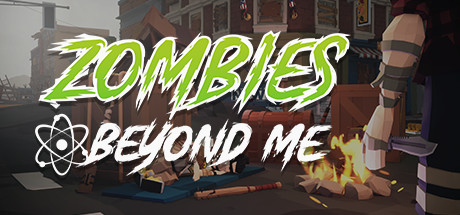
Custom server plugins, written in languages like SourcePawn, were essential for implementing custom features and gamemodes. These plugins allowed us to add everything from custom chat commands to sophisticated scoring systems. The systems at the time were limited, but we found creative solutions to overcome those limitations. For example, we needed to write code to make the server able to change game modes on the fly, something that was not included with the server originally.
A Legacy of Creativity and Community
The golden age of Counter-Strike: Source community maps was a testament to the creativity and passion of the game's players. These maps and gamemodes provided a unique alternative to the standard Counter-Strike experience, fostering skill development, creativity, and a strong sense of community.
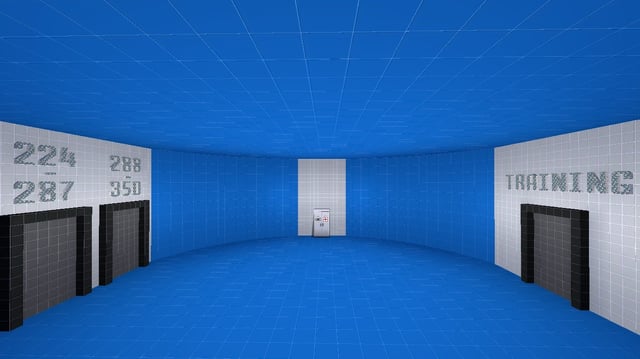
These maps also served as proving grounds for players who would later dominate the competitive scene in Counter-Strike: Global Offensive. While I can't name specific players off the top of my head due to the passage of time, I vividly remember players who stood out on our surf, bhop, and deathrun servers, showcasing incredible mechanical skill and a deep understanding of the game's movement mechanics. It was clear that they had the potential to excel in more competitive environments.
The Counter-Strike: Source community map scene was a vibrant and dynamic ecosystem. It was a time of experimentation, innovation, and pure, unadulterated fun. It was a time when players pushed the boundaries of what Counter-Strike could be, and in doing so, helped to shape the game into the global phenomenon it is today. Playing these game modes taught people how to move through games faster and more efficiently, so CSS KZ maps became very popular as well.

Looking back, the CSS custom map scene holds a special place in gaming history. It showcases the power of community-driven content and how player creativity can extend the life and appeal of a game far beyond its initial release. So next time you're queuing for a competitive match, take a moment to remember the humble beginnings of Counter-Strike: Source and the countless hours spent sliding down ramps, perfecting bunny hops, and dodging deadly traps in the golden age of community maps.
